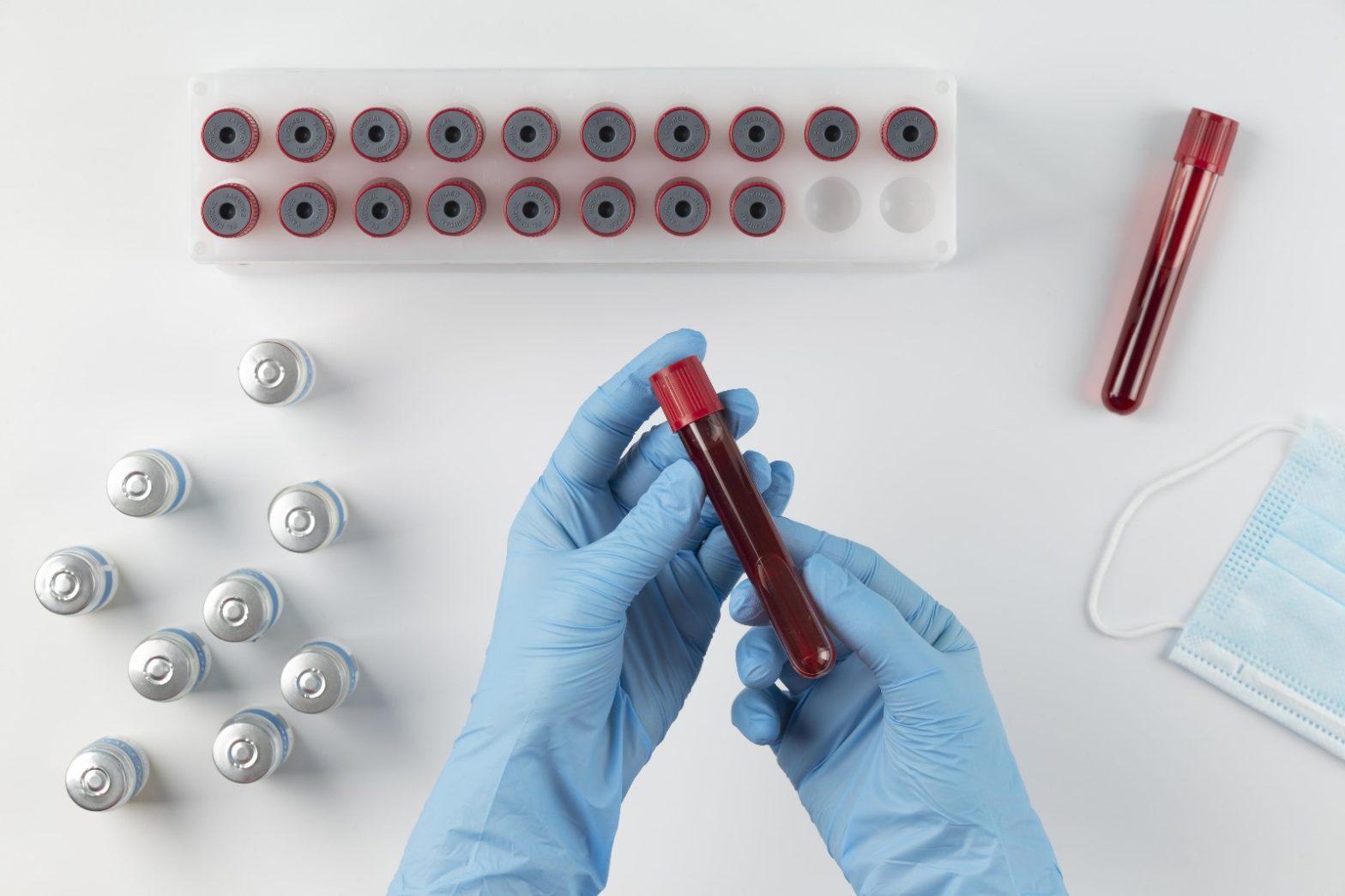
At Viromed Laboratories, all tests required for diagnosing hematological diseases are conducted. Hematology tests are performed on patients who present symptoms such as fatigue, weakness, chest pain, shortness of breath, prolonged menstrual bleeding, bruising, gum bleeding, nosebleeds, recurrent infections, fever, weight loss, swelling in lymph nodes, bone pain, acute leukemia, or red rashes on the skin after consulting with specialist doctors.
What Are Hematology Tests?
Different tests may be employed depending on the suspected hematological disease. A complete blood count measures the amount of hemoglobin and blood cells in the blood. Peripheral smear examines blood under a microscope, and hemoglobin subtypes are analyzed. Bone marrow biopsy is used to examine the bone marrow.
Other hematology tests analyze levels of vitamin B12, iron, and folic acid, which are essential for blood production; check blood clotting; evaluate the lifespan and functions of blood cells; examine proteins produced by immune system cells; and analyze chromosomes and other structural elements of bone marrow cells. Hematology tests are also frequently utilized for radiological examinations.
Preparing for Hematology Tests
To obtain accurate results from hematology tests, patients must follow certain guidelines before the test. Factors such as daily exercise, diet, medication, smoking, and fasting can affect laboratory test results. Therefore, blood samples for hematology tests should be collected on an empty stomach in the morning. Since physical activities can impact test results, patients are advised to avoid strenuous exercise prior to testing.
It is important to inform the doctor about any medications being taken, as certain drugs may influence test results. Unless otherwise instructed, patients should continue taking their medications as prescribed.
Factors Affecting Hematology Test Results
Hematology test results are not influenced by factors such as ethnicity, race, or gender. However, variables like nutrition, physical activity, alcohol consumption, body weight, muscle mass, pregnancy, activity level, posture, and medication use can affect test outcomes.
How Are Hematology Tests Performed?
There are three main methods for blood collection in hematology tests:
1. Venous Blood Collection
Venous blood collection is required for tests that necessitate fasting, typically after 8–12 hours of fasting. If the patient is undergoing medical treatment, blood collection should occur in the morning before taking medication. The patient should be in a seated or lying position during the procedure.
To ensure consistency, blood samples for prognosis monitoring should always be collected from the patient in the same position. A tourniquet should not remain on the arm for more than 30 seconds and should be removed immediately after successful needle insertion. During collection, care must be taken to avoid strong aspiration with the syringe. When using tubes containing anticoagulants, the blood should fill up to the marked line. Vacuum-sealed tubes should not be shaken.
2. EDTA Whole Blood Collection
EDTA whole blood is collected in purple-capped glass tubes. Approximately 2 ml of whole blood is collected, and the tube is gently inverted 8–10 times immediately after collection to prevent clot formation. Blood must be filled to the marked line on the tube; otherwise, a new sample may be required.
3. Citrate Whole Blood Collection
Citrate whole blood is collected in blue-capped tubes containing sodium citrate at a 9:1 ratio. To ensure the blood mixes properly with the sodium citrate, the tube must be filled to the marked line. The tube is then gently inverted 8–10 times to allow the blood to contact the anticoagulant. For coagulation tests, citrate plasma samples remain stable at 20–25°C for up to 4 hours. It is crucial to ensure the test is performed within this time frame.